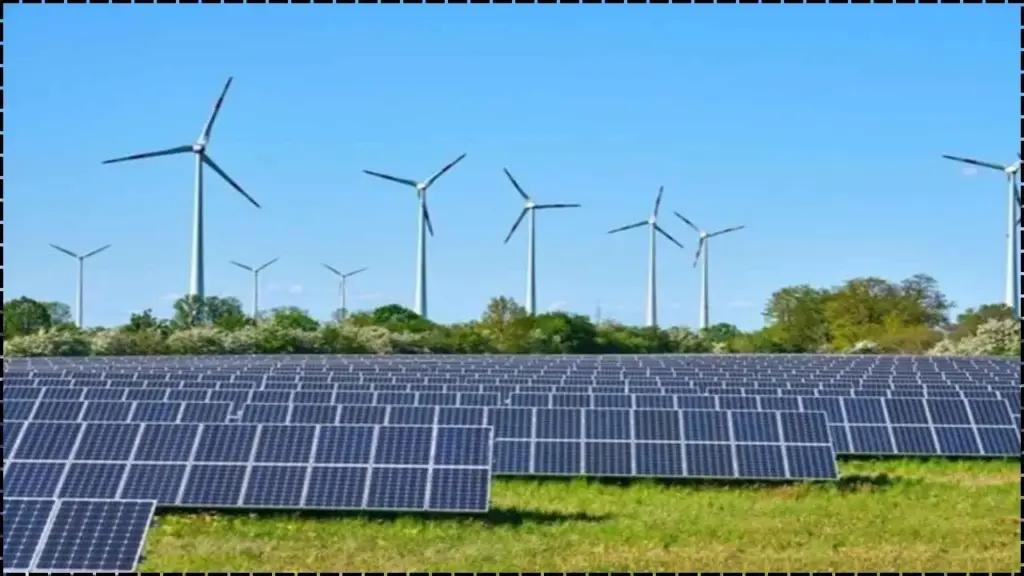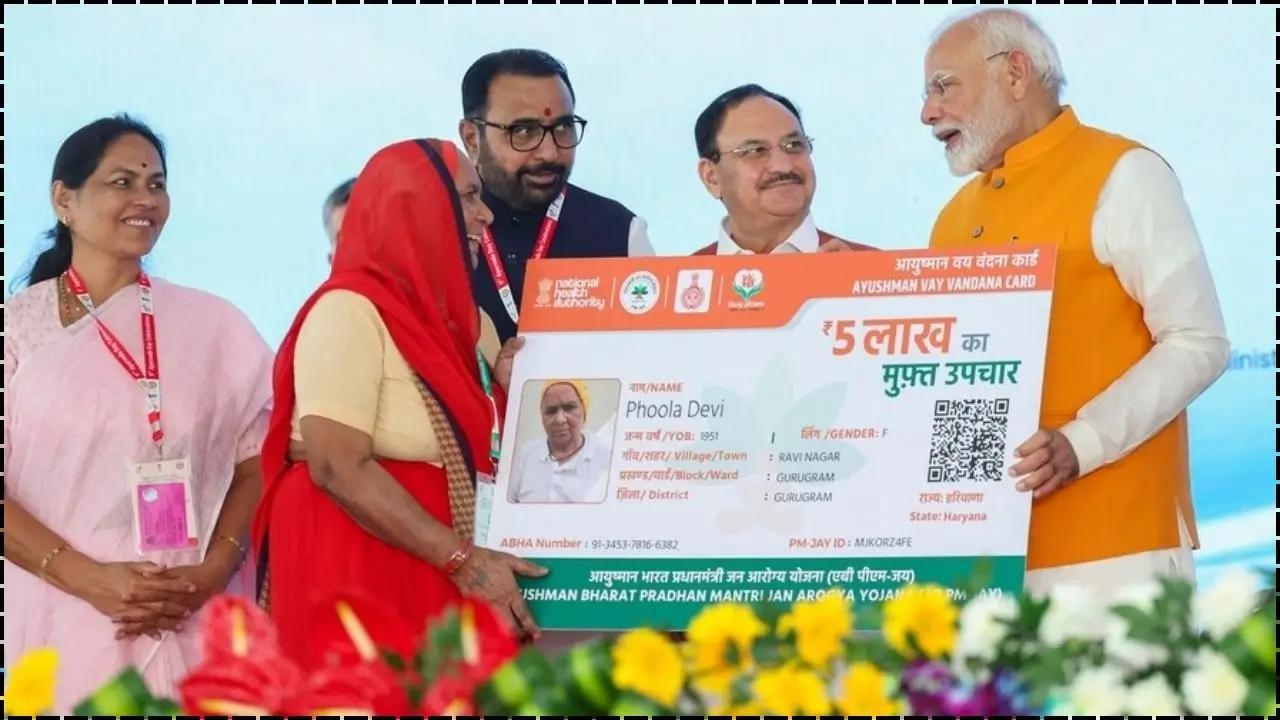Across India and the globe, the intensified pursuit of green energy policies by state governments is a crucial step toward securing a sustainable future for all, protecting vulnerable populations from the worst effects of climate change. This vital transition, while generating immense new opportunities in renewable sectors, must be guided by a deeply humanitarian commitment to justice; experts rightly caution that the shift carries specific risks for workers in fossil fuel and carbon-intensive industries.

Therefore, policies must prioritize a just transition, ensuring that no community is left behind by proactively investing in reskilling, social safety nets, and economic diversification to guarantee that every individual can access the new, dignified, and green livelihoods created by this necessary global transformation.
The growing role of state governments in driving green energy policies underscores their importance in shaping not only climate outcomes but also the future of jobs and industries. States that combine ambitious renewable targets with social protections and industrial investment are best positioned to lead the transition. Those that falter risk economic disruption, investor uncertainty, and widening inequality.
State Governments Lead the Green Transition
Many states are adopting proactive renewable energy strategies to meet climate goals and attract investment. Policies range from renewable purchase obligations for utilities to tax incentives for solar and wind projects. In India, the Ministry of Renewable Energy has urged states to accelerate clean power adoption, citing delays by several distribution companies.
Globally, sub-national governments in the United States and Europe have played similar roles. Vermont has committed to 100 per cent clean electricity by 2035, while several German states are revising zoning laws to accelerate wind power deployment. Analysts note that states often move faster than national governments, given their closer links to local industries and communities.
Job Creation and Disruption in Focus
New Opportunities in Renewables
According to the International Renewable Energy Agency (IRENA), renewable energy already employs more than 13 million people globally, with growth concentrated in solar photovoltaics and wind. In India, the sector is estimated to support more than 1 million jobs, with demand rising for engineers, electricians, and technicians trained in green technologies.
Unequal Gains and Wage Gaps
However, benefits are uneven. A World Bank analysis found that green jobs tend to cluster in states with better infrastructure and higher education levels. Workers in these positions often earn a wage premium compared with fossil fuel jobs, but early-stage volatility can make employment less secure.
Transition Risks
Displacement in coal and other carbon-heavy industries remains a concern. India’s eastern states, where coal mining is a major employer, could face significant job losses unless large-scale reskilling programmes are introduced. Spain’s “Just Transition Strategy” and South Africa’s transition plans are cited as models for balancing environmental goals with employment protections.
Industrial Impacts: Winners and Losers
Attracting New Investments
States advancing aggressive renewable policies are drawing large-scale industrial projects. Gujarat’s Hybrid Renewable Energy Park, expected to generate 30 GW of clean power, is one of the world’s largest such projects. Similarly, Karnataka and Tamil Nadu are promoting electric vehicle and battery manufacturing clusters.
Pressure on Legacy Industries
Coal plants and oil refineries face declining demand, creating fiscal pressures for states dependent on fossil revenues. Assam recently scrapped a clean energy policy, raising investor uncertainty and highlighting the political challenges of sustaining long-term commitments.
Infrastructure and Supply Chain Challenges
Expanding renewable capacity requires grid upgrades and storage solutions to maintain stability. Without significant investments in transmission infrastructure, states risk bottlenecks that could undermine their renewable targets. India has set an ambitious goal of 50 per cent non-fossil electricity capacity by 2030, requiring both public and private capital mobilisation.
Related Links
Apply for Odisha’s New FinTech Policy Support: Here’s How Startups Can Benefit
Police Station Citizen Service Ranking in Gujarat: What’s New & How It Affects You
How to Use the Manipur eGazette Portal: Publish & Download Official Notices in Minutes
Towards a Just and Inclusive Transition
Experts argue that a successful green transition depends on balancing environmental imperatives with economic and social equity. Key measures include:
- Reskilling workers displaced from fossil industries
- Providing financial safety nets and social protections
- Incentivising local manufacturing of renewable components
- Strengthening institutional coordination across energy, labour, and industry ministries
A United Nations Partnership for Action on Green Economy (UN-PAGE) assessment of India’s policies concluded that stronger institutional coherence is essential to prepare for large-scale employment transitions.
















